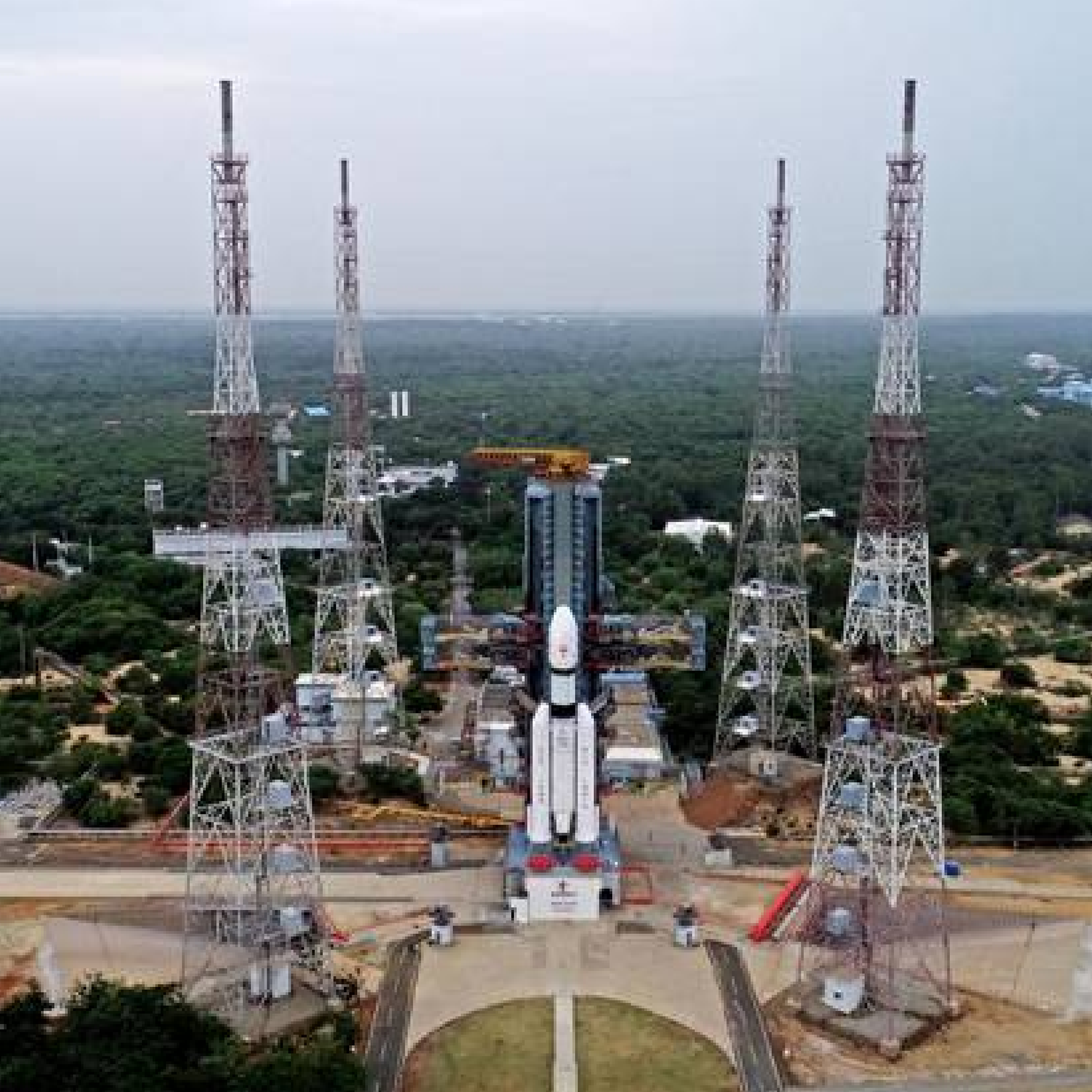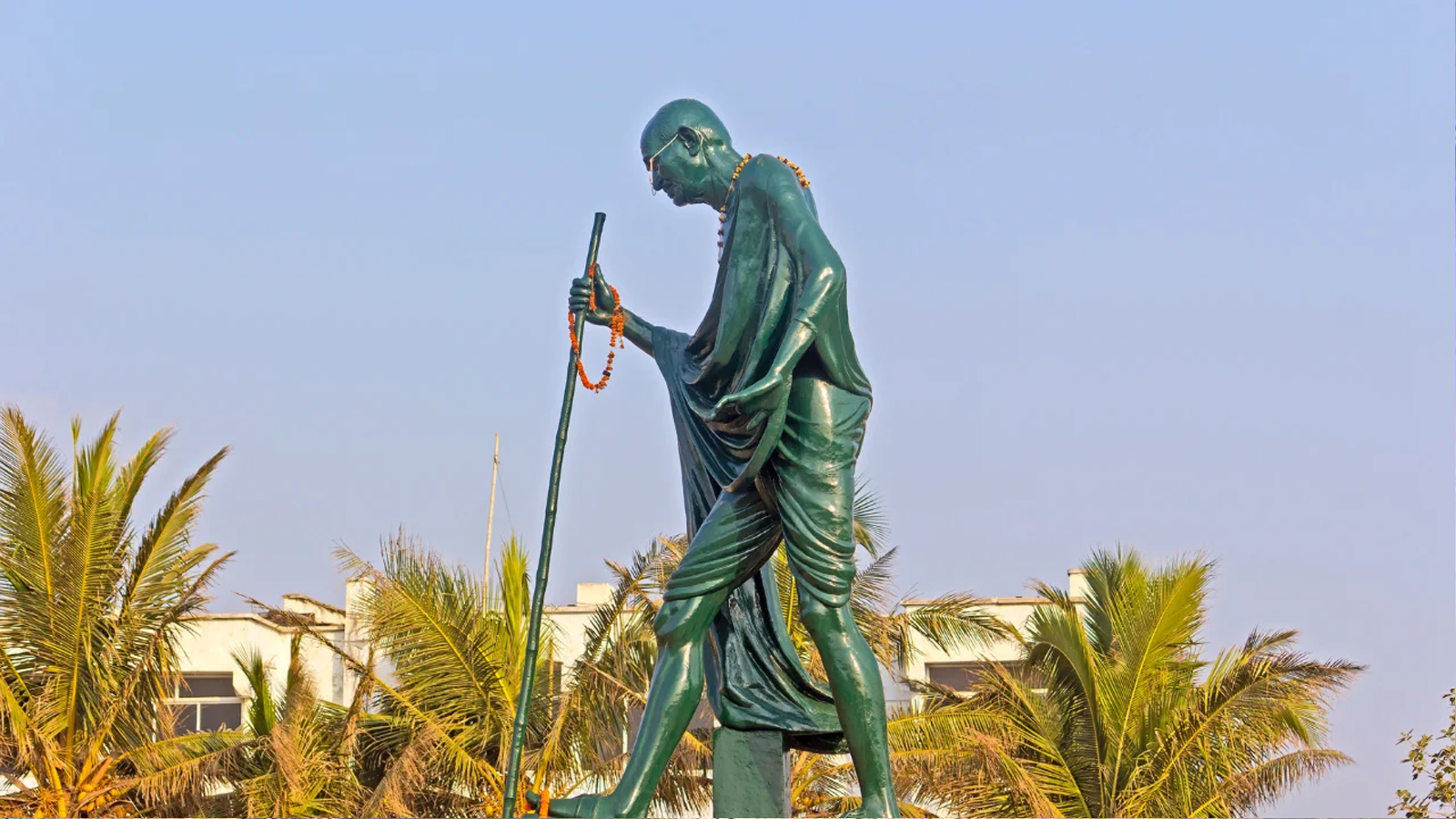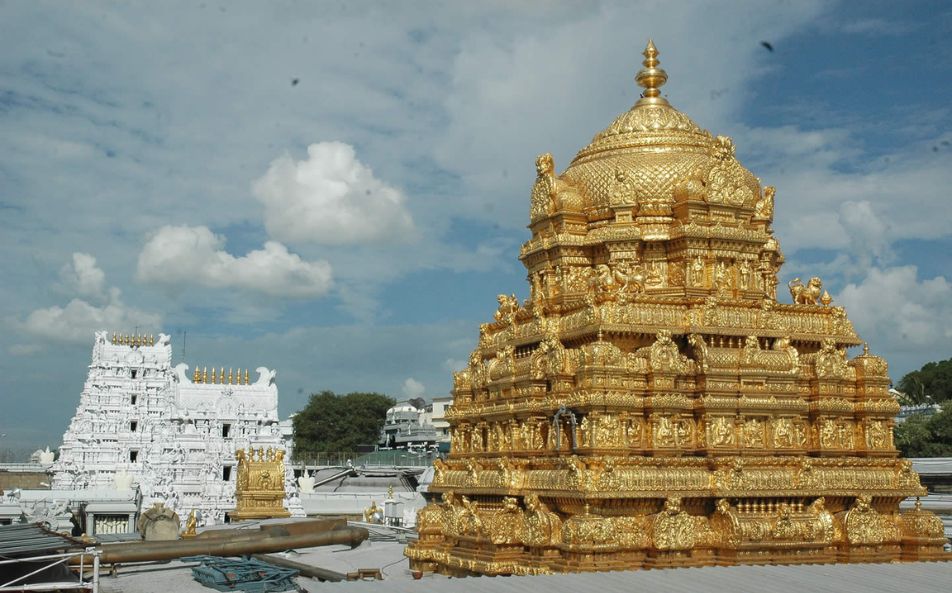
The United Indian

The Chandrayaan-3 mission was successfully launched on July 14, 2023, at 2:35 PM IST from the Satish Dhawan Space Centre in Sriharikota, India. The spacecraft is currently in orbit around the Moon and is scheduled to land on the lunar surface on August 23, 2023.
The Chandrayaan-3 mission consists of three modules: the orbiter, the lander, and the rover. The orbiter is the largest module and will remain in orbit around the Moon for the duration of the mission. It will carry a number of scientific instruments, including a camera, a spectrometer, and a magnetometer.
The lander is the smallest module and will be responsible for landing on the Moon's surface. It will also carry a number of scientific instruments, including a seismometer and a heat probe.
The rover is the middle-sized module and will be deployed from the lander to explore the lunar surface. It will carry a number of scientific instruments, including a camera, a spectrometer, and a laser altimeter.
The Chandrayaan-3 mission is a significant milestone for India's space program. It will be the first time that India has attempted to land a lander on the Moon's south pole. The mission will also help to improve India's space technology and capabilities, and it will contribute to our understanding of the Moon.
The progress of the Chandrayaan-3 mission has been smooth so far. The spacecraft has been successfully launched and is now in orbit around the Moon. The lander and rover are scheduled to be deployed in the coming days.
The ISRO is confident that the Chandrayaan-3 mission will be a success. The space agency has a long history of success in space exploration, and it has learned from the failure of the Chandrayaan-2 mission.
The Chandrayaan-3 mission is a historic event for India. It is the first time that India attempted to land a lander on the Moon's south pole. The mission is also a significant step forward for India's space program. It will help to improve India's space technology and capabilities, and it will contribute to our understanding of the Moon.
Objective of Chandrayaan3
Chandrayaan-3 is is a follow-up to the Chandrayaan-2 mission, which was launched in 2019 but failed to land on the Moon.
The main objective of Chandrayaan-3 is to demonstrate the safe and soft landing of a lander on the lunar surface. The lander, named Vikram, will be accompanied by a rover named Pragyan. The rover will be deployed from the lander and will explore the lunar surface for up to 14 days.
Chandrayaan-3 will also conduct a number of scientific experiments, including studying the lunar surface, the Moon's atmosphere, and the presence of water on the Moon. The mission will also help to improve India's space technology and capabilities.
The Chandrayaan-3 spacecraft consists of three modules: the orbiter, the lander, and the rover. The orbiter is the largest module and will remain in orbit around the Moon for the duration of the mission. It will carry a number of scientific instruments, including a camera, a spectrometer, and a magnetometer.
The lander is the smallest module and will be responsible for landing on the Moon's surface. It will also carry a number of scientific instruments, including a seismometer and a heat probe.
The rover is the middle-sized module and will be deployed from the lander to explore the lunar surface. It will carry a number of scientific instruments, including a camera, a spectrometer, and a laser altimeter.
The Chandrayaan-3 mission is a significant milestone for India's space program. It will be the first time that India has attempted to land a lander on the Moon's south pole. The mission will also help to improve India's space technology and capabilities, and it will contribute to our understanding of the Moon.
The Target of Chandrayaan-3
The Chandrayaan-3 mission will target the southern polar region of the Moon. This region is of particular interest to scientists because it is thought to be rich in water ice. Water ice is a valuable resource for future human exploration of the Moon, and it could also be used to produce fuel and oxygen.
The southern polar region of the Moon is also thought to be home to a number of other interesting features, including craters, mountains, and valleys. The Chandrayaan-3 mission will help to study these features and to learn more about the geology of the Moon's south pole.
The Scientific Objectives of Chandrayaan-3
The Chandrayaan-3 mission has a number of scientific objectives, including:
- To demonstrate the safe and soft landing of a lander on the lunar surface.
- To deploy a rover to explore the lunar surface.
- To study the lunar surface, the Moon's atmosphere, and the presence of water on the Moon.
- To improve India's space technology and capabilities.
The Chandrayaan-3 mission is a significant step forward for India's space program. It will help to improve India's space technology and capabilities, and it will contribute to our understanding of the Moon. The mission is also a testament to the hard work and dedication of the scientists and engineers at the Indian Space Research Organisation (ISRO).
Story Before Landing Chandrayaan-3
The Chandrayaan-3 mission is currently in the final stages of preparation. The spacecraft has been launched and is in orbit around the Moon. The lander and rover are scheduled to be deployed in the coming days.
The ISRO is confident that the Chandrayaan-3 mission will be a success. The space agency has a long history of success in space exploration, and it has learned from the failure of the Chandrayaan-2 mission.
The Chandrayaan-3 mission is a historic event for India. It is the first time that India will attempt to land a lander on the Moon's south pole. The mission is also a significant step forward for India's space program. It will help to improve India's space technology and capabilities, and it will contribute to our understanding of the Moon.
The Showdown
The successful landing of Chandrayaan-3 on the moon's south pole on August 23, 2023, is a major milestone for India's space program. It is the country's first successful soft landing on the moon, and it puts India in the league of only a few countries that have achieved this feat.
The landing was a challenging one, as the moon's south pole is a region with rugged terrain and extreme temperatures. However, the Indian Space Research Organisation (ISRO) was able to overcome these challenges and successfully land the lander, Vikram, and the rover, Pragyan, on the lunar surface.
Here are the specific steps involved in the landing process:
- The lander first entered a low lunar orbit.
- It then fired its engines to slow down and descend to the surface.
- The lander used a radar altimeter to measure its altitude and a computer to control its descent.
- The lander also used a set of sensors to detect obstacles and avoid them.
- The final phase of the landing was called the "rough braking phase". In this phase, the lander used its engines to slow down from a speed of about 1,700 kilometers per hour to about 10 kilometers per hour.
- The lander then entered the "fine braking phase", in which it used its engines to slow down further and land safely on the surface.
The successful landing of Chandrayaan-3 is a major achievement for India, and it is a testament to the country's growing capabilities in space exploration. The mission is a source of pride for Indians, and it is sure to inspire young people to pursue careers in science and technology.
The landing of Chandrayaan-3 also opens up new possibilities for lunar exploration. The lander and rover will be used to study the moon's surface and subsurface, and they will also search for water ice, which could be a valuable resource for future human exploration.
The successful landing of Chandrayaan-3 is a major milestone for India, and it is a significant achievement for the global exploration of the moon. It is a testament to the hard work and dedication of the scientists and engineers at ISRO, and it is sure to have a lasting impact on the future of space exploration.
Read more in Recent Events
Oct 10, 2024
TUI Staff
Oct 09, 2024
TUI Staff
Oct 03, 2024
TUI Staff

Stay Tuned with The United Indian!
Our news blog is dedicated to sharing valuable and pertinent content for Indian citizens. Our blog news covering a wide range of categories including technology, environment, government & economy ensures that you stay informed about the topics that matter most. Follow The United Indian to never miss out on the latest trending news in India.
©The United Indian 2024

.png)






.png)







